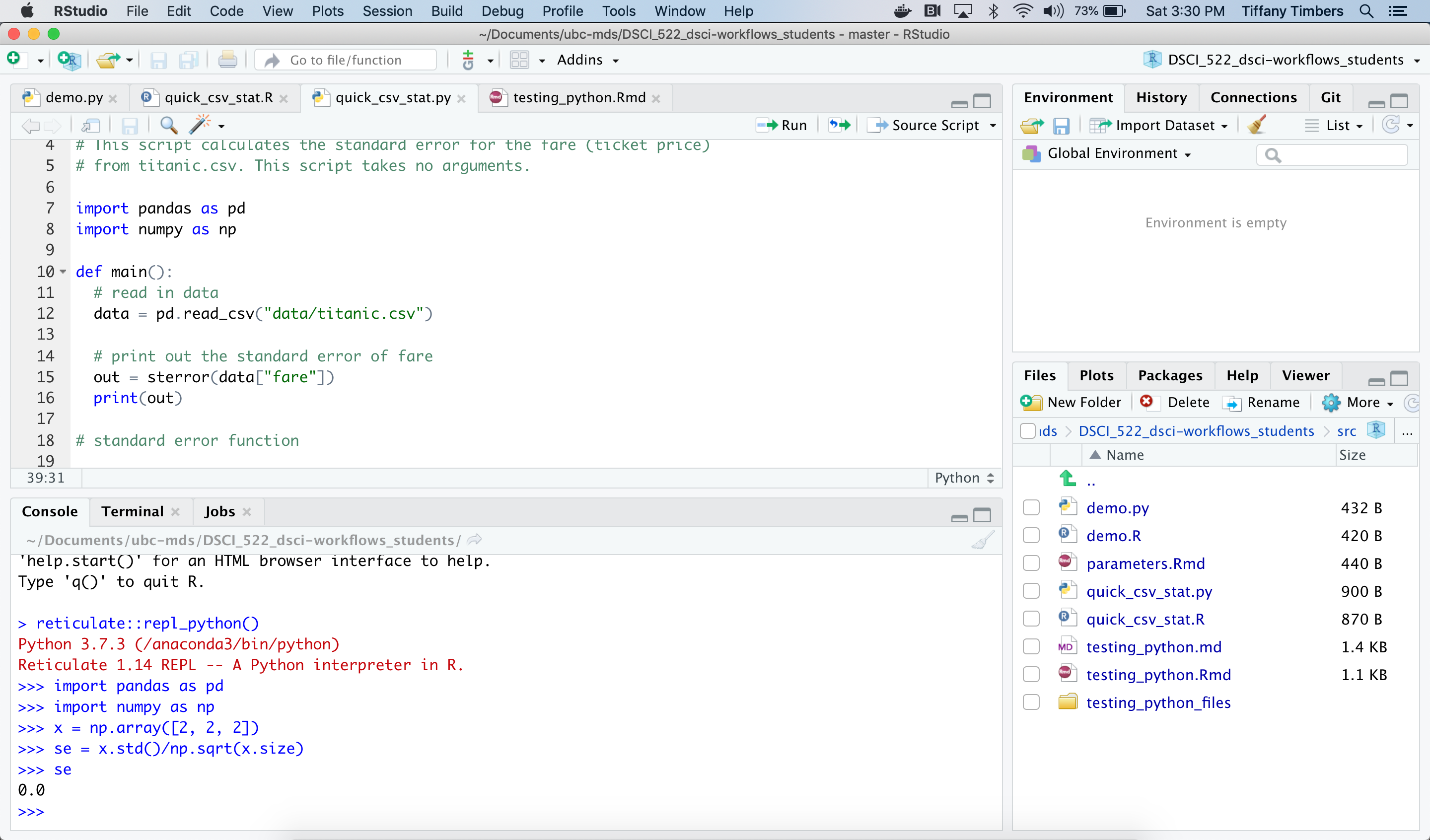

Next, you need to tell Shiny Server how to find Python. (Don’t worry if you see iframes with greyed-out apps they depend on R.) Configure Python If all goes well, you should see a welcome page on hostname:3838/. rpm-but skip the instructions for installing R and Shiny for R (unless you plan to deploy both Shiny for R and Shiny for Python apps). Installįirst, download and install Shiny Server from a. And note that Shiny Server is designed to work well behind any proxy or load balancer that supports sticky sessions. To be clear, Shiny Server can serve multiple apps at once, and multiple concurrent users per app each app is just limited to the traffic that a single Python process can support before it slows unacceptably. Also note that Shiny Server can handle less traffic on a single server node, as it doesn’t know how to start multiple Python processes per app, as RStudio Connect can.

The quickest way to get started is shinyapps.io, which is our hosted service for deploying Shiny applications. When it’s time to put your Shiny app on the web, you can choose to deploy on your own servers or on our hosting service. If you want to do a Shinylive deployment, see the Shinylive page.) (This page is about doing traditional Shiny application deployments.


 0 kommentar(er)
0 kommentar(er)
